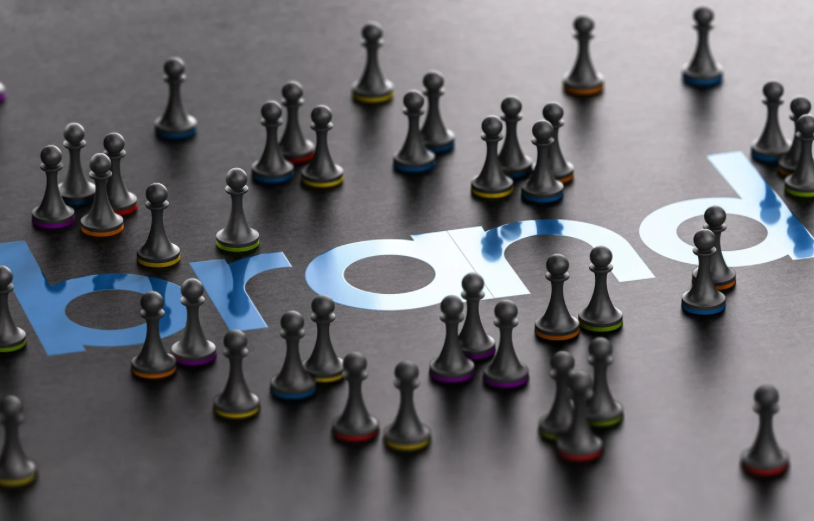In an era where consumers are bombarded with choices, understanding the neuroscience behind consumer behavior and brand loyalty has become essential for businesses looking to stand out. From emotional triggers to psychological marketing techniques, brands that tap into brain science can create powerful, lasting connections with their audience.
How Emotions Drive Purchasing Decisions
Neuroscience has revealed that purchasing decisions are not purely rational; they are deeply influenced by emotions. The limbic system, the part of the brain responsible for emotions and memory, plays a central role in decision-making. When a brand evokes a strong emotional response – whether excitement, nostalgia, or trust – consumers are more likely to make a purchase and remain loyal.
Key emotional drivers in consumer behavior:
- Fear and Urgency: Limited-time offers and scarcity marketing trigger the brain’s fear response, compelling consumers to act quickly.
- Joy and Excitement: Brands that evoke happiness create positive associations, increasing the likelihood of repeat purchases.
- Trust and Security: Transparent messaging and strong brand values foster consumer trust, leading to long-term loyalty.
The Psychological Triggers Behind Effective Marketing Campaigns
Successful marketing campaigns leverage psychological triggers to influence consumer behavior. Some of the most powerful brain-based techniques include:
- Social Proof: Seeing others use and endorse a product activates mirror neurons, making consumers more likely to follow suit. Customer testimonials, influencer marketing, and user-generated content are effective strategies.
- Storytelling: The human brain is wired for stories. A compelling narrative engages the brain’s sensory and emotional centers, making a brand more memorable.
- Neuromarketing Cues: Colors, fonts, and visuals impact how a brand is perceived. For example, red can evoke urgency, while blue conveys trust and reliability.
- Reciprocity: Offering free value – such as content, samples, or discounts – triggers a subconscious urge to return the favour, increasing the likelihood of a purchase.
How to Use Brain Science to Build an Irresistible Brand
To create a brand that consumers can’t resist, businesses must align their strategies with the way the human brain processes information and makes decisions. Here’s how:
- Appeal to Core Human Desires: Brands that connect with fundamental psychological needs – such as belonging, status, and self-actualization – cultivate deep loyalty.
- Simplify Decision-Making: The brain prefers effortless choices. Streamlined messaging, clear calls to action, and intuitive design reduce cognitive load and increase conversions.
- Engage the Senses: Sensory branding, such as signature scents, sounds, or textures, creates lasting brand associations and enhances recall.
- Consistent Messaging: Repetition strengthens neural connections, reinforcing brand identity and recognition over time.
Conclusion
The neuroscience of consumer behavior and brand loyalty provides a roadmap for businesses looking to influence purchasing decisions and foster lasting connections. By understanding how emotions drive choices, leveraging psychological triggers in marketing, and designing brand experiences that align with brain science, businesses can create compelling, irresistible brands that stand the test of time.

